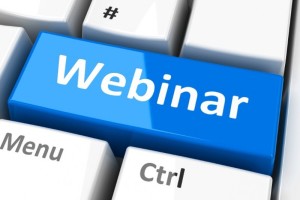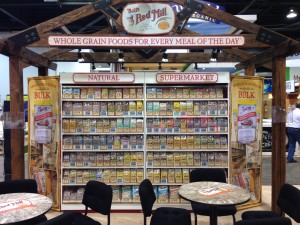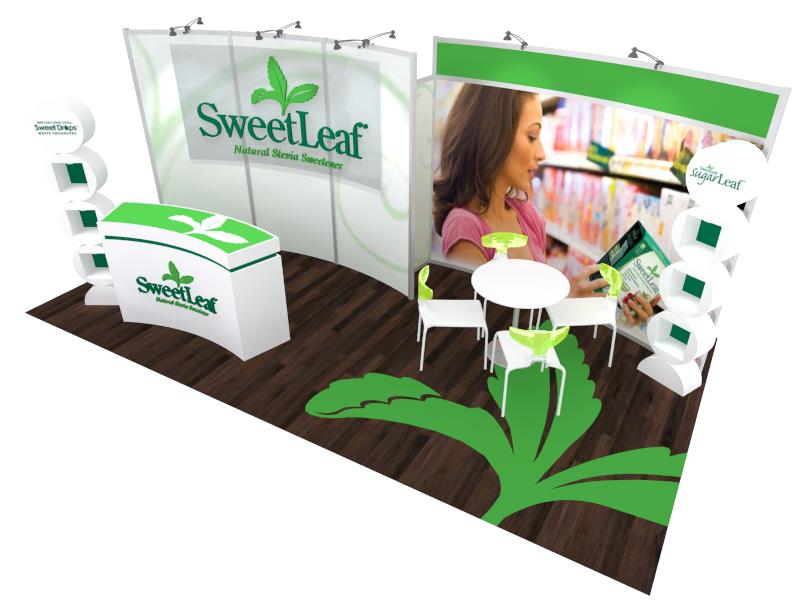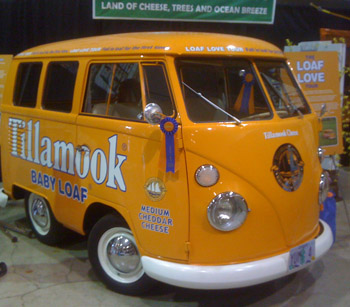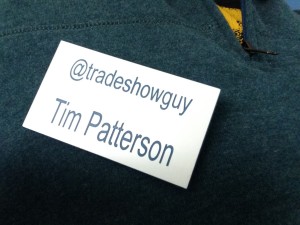5 Easy Ways to Engage Tradeshow Pre-Show Marketing Outreach
Prior to your next tradeshow, it behooves you to spend some time doing a little pre-show marketing reaching out to potential attendees and prospects. Even if a potential client is not going to the show doesn’t mean that you should not communicate with them. She could be interested in your products or services, but just can’t make this particular show.
Here, in no particular order, are several ways to reach out to prospect prior to the show:
Email: easy, cheap. All you have to do is sit down at your keyboard and tell people why you’re going to be at the show and what the benefits of coming by your booth might be.
Direct mail: sending a postcard or other direct mail piece is definitely a way that stands out. Or course, the cost is more than sending out a simple email. Costs for sending direct mail start at about a buck a person (printing plus postage) and go up depending on what you’re sending. And then there’s the cost of creating the direct mail piece, which will usually involve a small team crafting the message, the subject, the layout and the coordination of the production and delivery.

Telephone call: ah! the personal touch. Nothing beats the personal touch. Much more time-consuming, but if you target a select group of potential and current clients to let them know what’s going on at the booth during the show, it can pay off dividends.
Social media: more of a general ‘spray and pray’ approach, but you can build a little buzz with clever and creative use of social media.
PR and Media: the use of public relations and media tends to get overlooked, but the act of sending a press release about your show appearance to industry media or pertinent local or regional media can help get your name out there.
What to include in your outreach?
The who, what, when, where, how and why of your appearance. The standard journalism approach: make sure people know where to find you, when and where the show takes place, your booth number, perhaps even a description and photo of your booth. Got a video from last year? It makes a great way to bring the show to life, especially if it’s a client testimonial. Share photos on social media and include them in a press release. Photos also are well-received in emails and direct pieces, and make them easier to read.
And finally, give them the reason WHY they should come to your booth. Perhaps its a new product launch, or a new facet of a current product. Or a way to get a sweet deal only at the show. Or a special time to meet the CEO or other company wag. In any event, pre-show marketing can take many forms – and it’s work, but it’s all part of the process of making your tradeshow a success!

